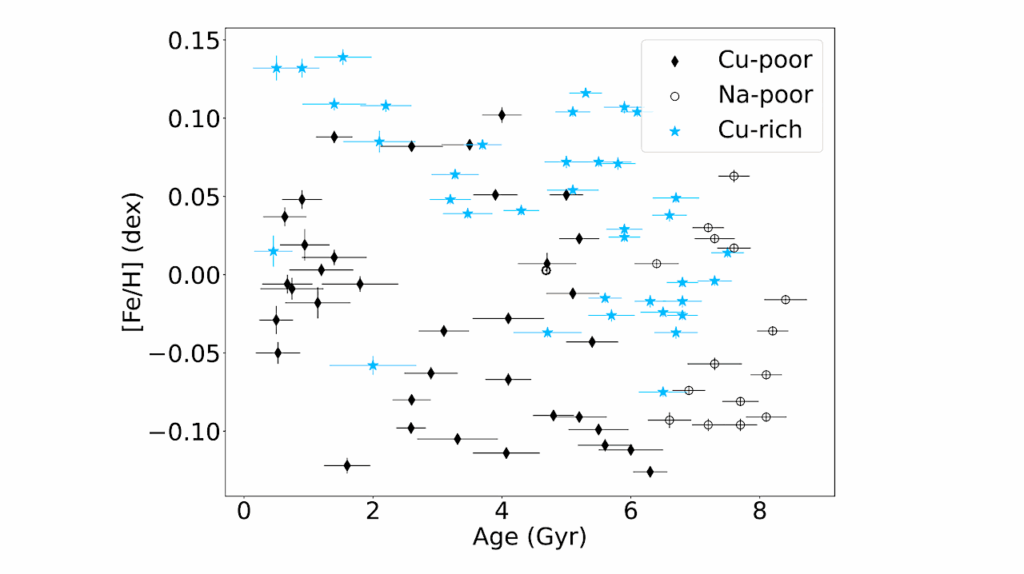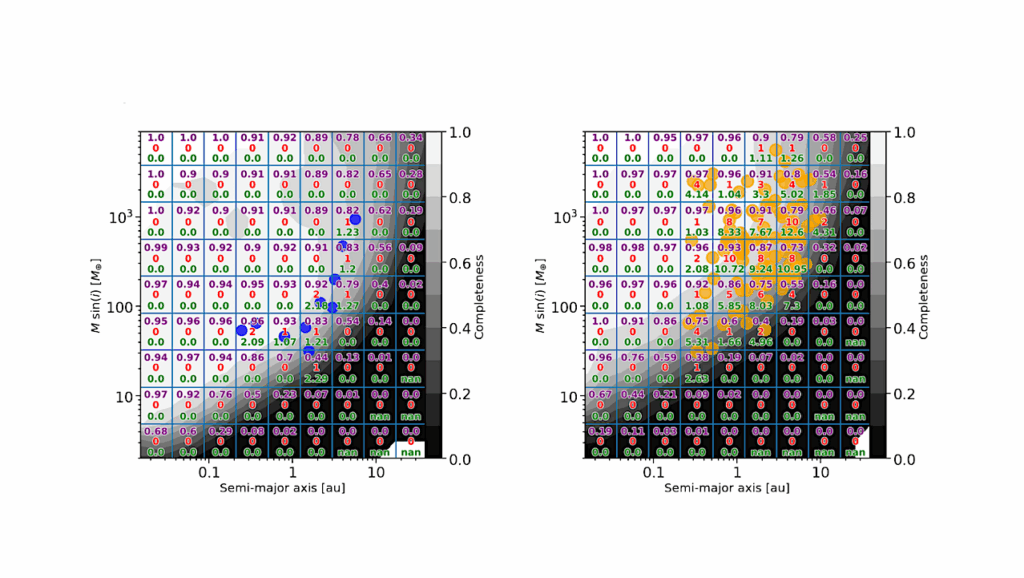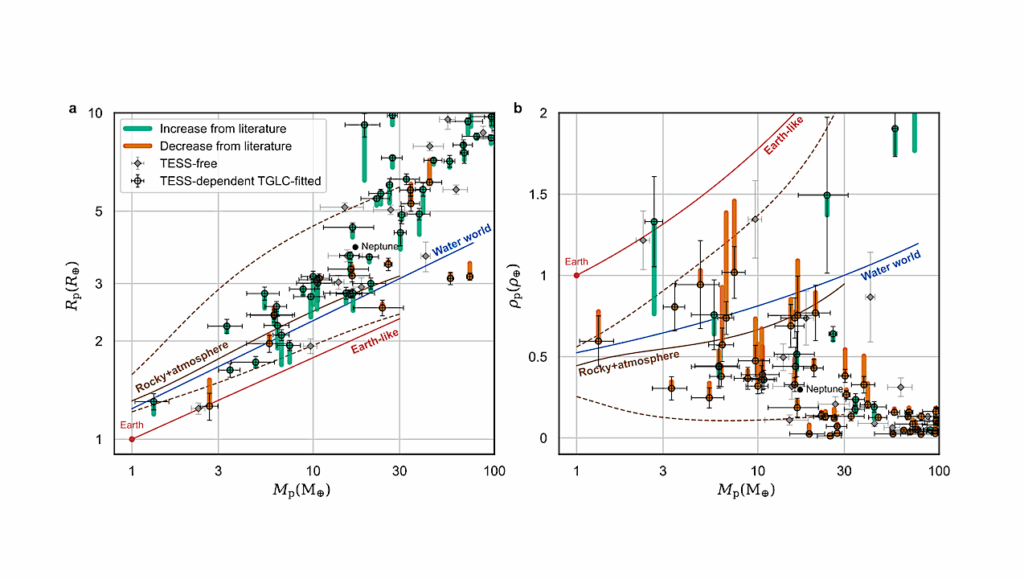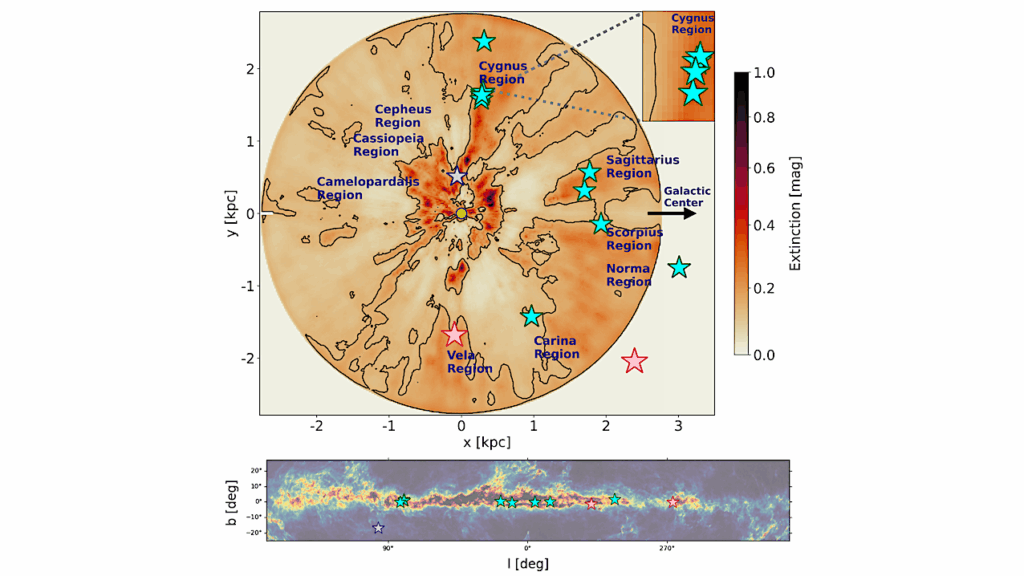Exoplanet Occurrence Rates From Microlensing Surveys
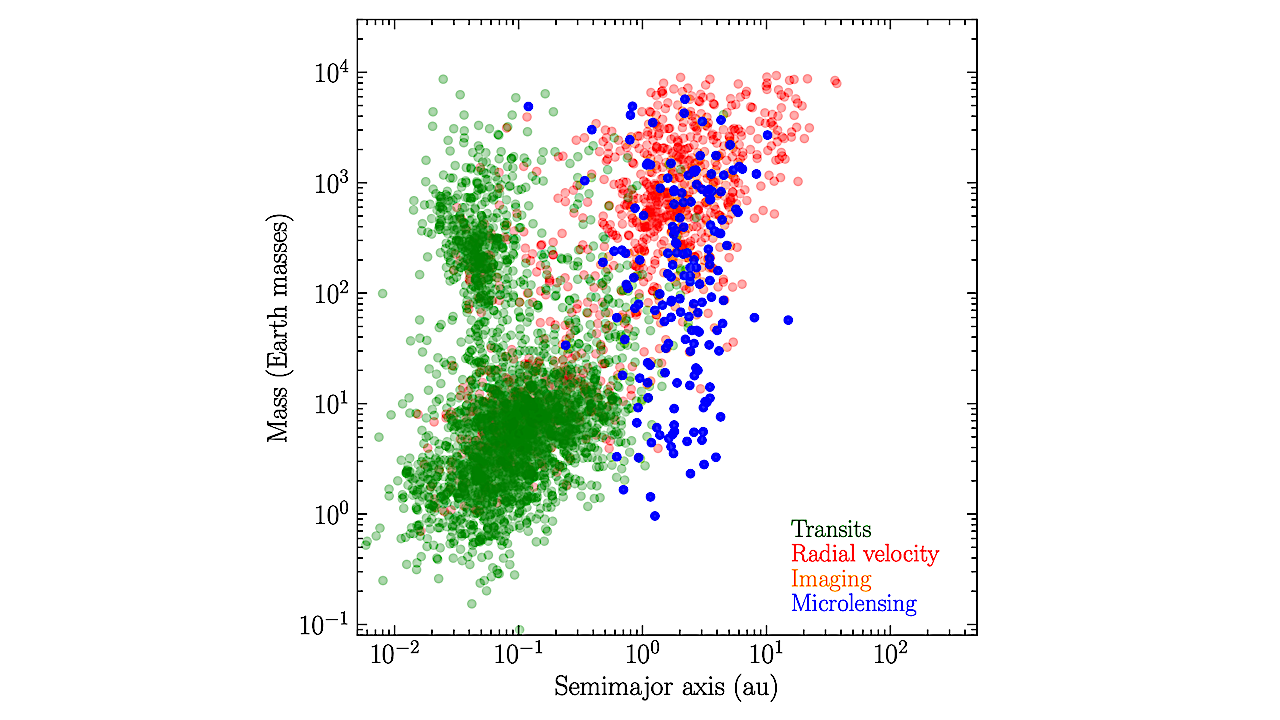
The number of exoplanets detected using gravitational microlensing technique is currently larger than 200, which enables population studies.
Microlensing is uniquely sensitive to low-mass planets orbiting at separations of several astronomical units, a parameter space that is not accessible to other planet-detection techniques, as well as free-floating planets, not orbiting around any star.
In this review, we present the state-of-the-art knowledge on the demographics of exoplanets detected with microlensing, with a particular emphasis on their occurrence rates.
We also summarize the current knowledge about free-floating planets, an elusive population of objects that seem to be more common than ordinary, gravitationally bound exoplanets.
P. Mroz, R. Poleski
Comments: submitted, invited chapter for the “Handbook of Exoplanets”
Subjects: Earth and Planetary Astrophysics (astro-ph.EP); Astrophysics of Galaxies (astro-ph.GA)
Cite as: arXiv:2310.07502 [astro-ph.EP] (or arXiv:2310.07502v1 [astro-ph.EP] for this version)
Submission history
From: Przemek Mroz
[v1] Wed, 11 Oct 2023 14:00:46 UTC (390 KB)
https://arxiv.org/abs/2310.07502
Astrobiology



